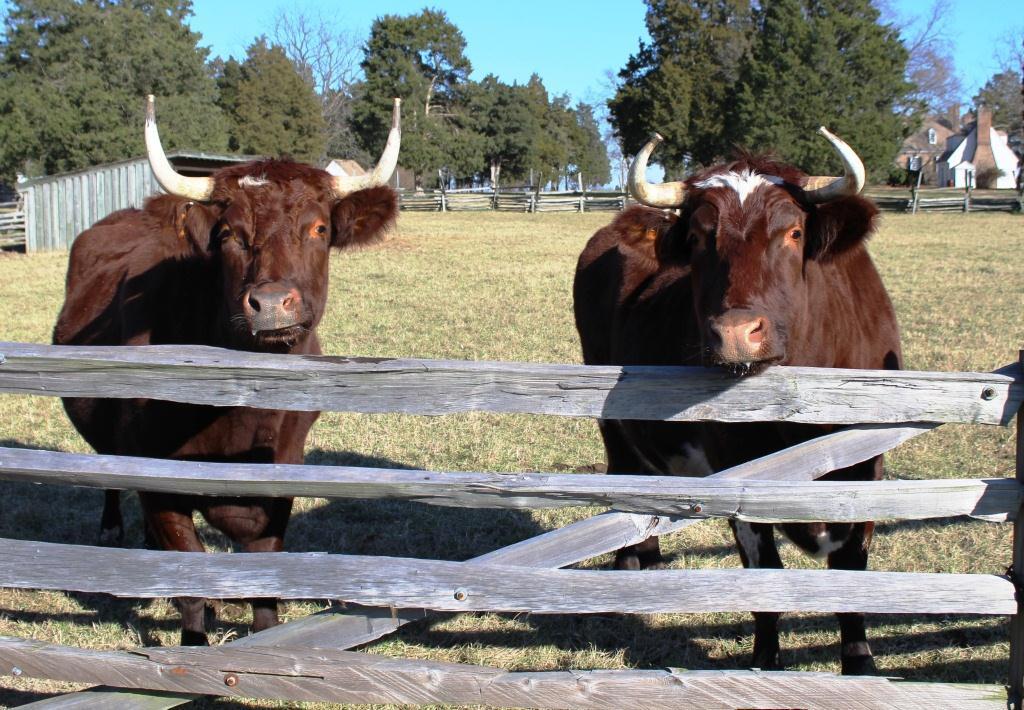Draft oxen are domesticated cattle trained to work as draft animals, primarily for agricultural purposes. They have been used for centuries in many parts of the world to pull plows, wagons, and other heavy loads. Oxen are typically castrated male cattle, and they are trained to respond to commands from their handlers.

Here are some key characteristics and advantages of using draft oxen:
- Strength: Oxen are strong animals, capable of pulling heavy loads, plowing fields, and performing other tasks requiring significant physical strength. They are often used for tilling soil and other agricultural activities.
- Endurance: Oxen are known for their endurance. They can work long hours, making them suitable for tasks requiring sustained effort, such as plowing large fields or pulling heavy loads over extended distances.
- Steadiness and Reliability: Oxen is generally known for its steady and reliable work. They are patient animals and can handle repetitive tasks at a consistent pace.
- Adaptability: Oxen are well-adapted to various climates and terrains. They can work in different conditions and are particularly useful in areas where mechanized equipment may not be practical or accessible.
- Low Maintenance: Oxen are often considered low-maintenance animals compared to some other draft animals. They can graze on pasture, and their dietary requirements are relatively simple. They also have sturdy hooves, which reduces the need for frequent hoof care.
- Draught Power: Oxen have been historically crucial for providing draught power in agriculture. They were widely used before the advent of mechanized farming equipment and are still used in some regions where traditional farming methods persist.
- Manure Production: Aside from their work capabilities, oxen also produce manure, which can be used as crop fertilizer. This contributes to the sustainability of agricultural practices.
While draft oxen have been widely used historically, the prevalence of mechanized agriculture has led to a decline in their use in many developed countries. However, in certain regions and for specific purposes, draft oxen continue to be valued for their strength, reliability, and suitability for sustainable and traditional farming practices. Training and working with oxen require skill and patience, as they respond well to positive reinforcement and consistent handling.
